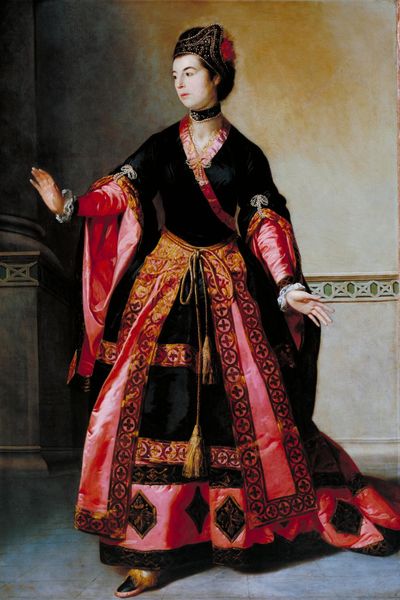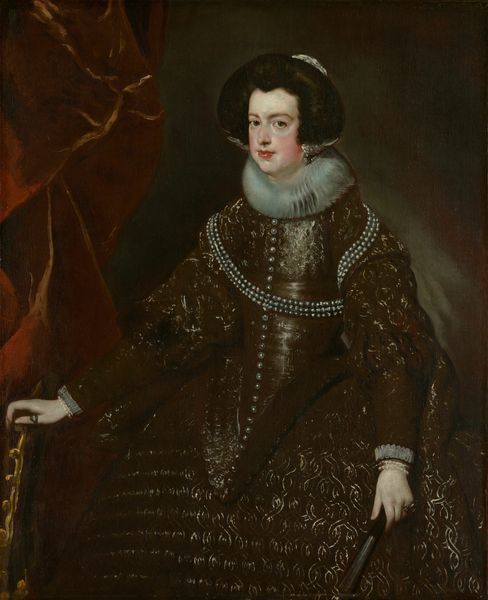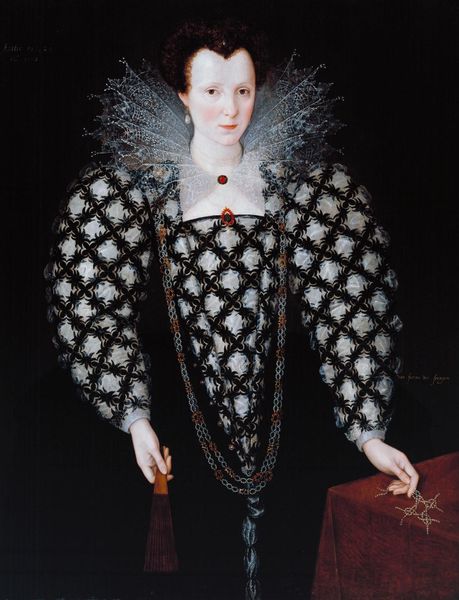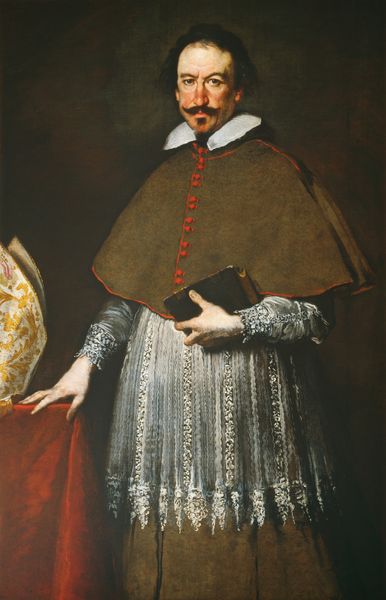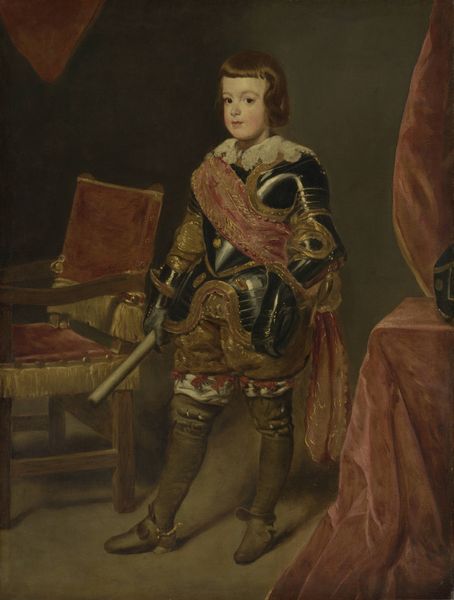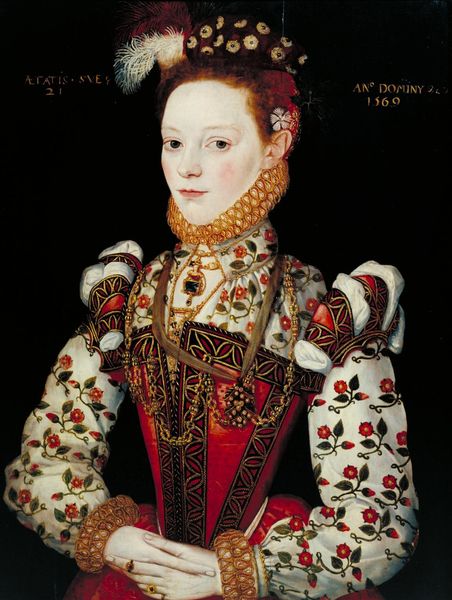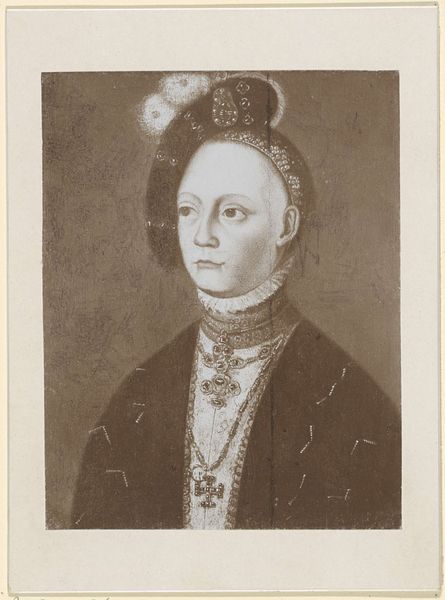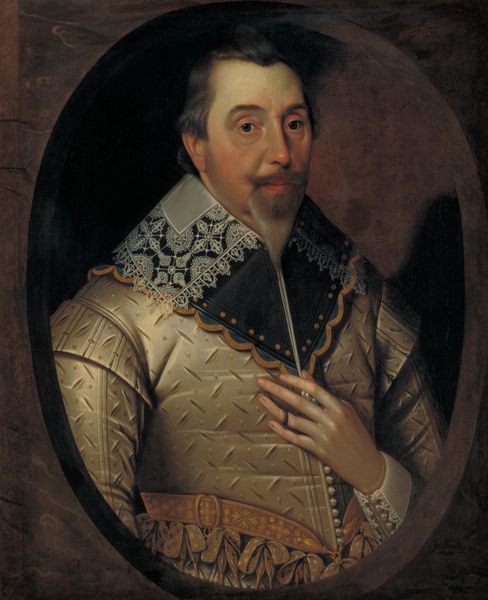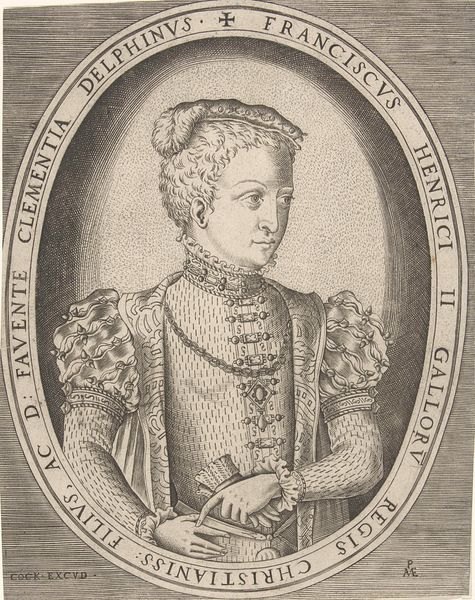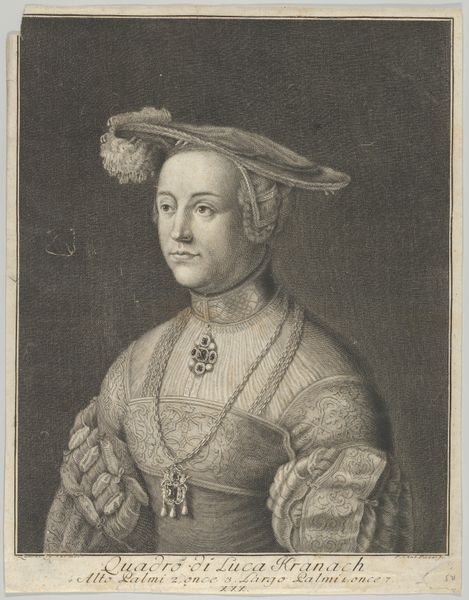
A portrait of a young Alessandro Farnese, the future Duke of Parma 1562
0:00
0:00
painting, oil-paint
#
portrait
#
painting
#
oil-paint
#
mannerism
#
figuration
#
history-painting
#
academic-art
#
italian-renaissance
#
portrait art
Copyright: Public domain
Here we see Sofonisba Anguissola's portrait of a young Alessandro Farnese, who would later become the Duke of Parma. Painted by a woman artist during the Renaissance, this portrait speaks volumes about gender, power, and representation. Anguissola, as a female artist in a patriarchal society, navigated unique challenges. Her access to certain subjects was limited, yet she excelled in portraiture, capturing the likenesses of nobility like Farnese. The young Duke's opulent attire and confident pose reflect his aristocratic status, but also Anguissola's skill in portraying the trappings of power. What does it mean to see a male figure of authority through the eyes and hands of a woman artist? Does Anguissola challenge the traditional, often idealized, representations of male power? The emotional depth in Farnese's expression, combined with the visual opulence, invites us to consider the complexities of identity, gender, and power in the 16th century. Anguissola provides a nuanced perspective, offering a glimpse into the lives and identities of those often relegated to the margins of history.
Comments
No comments
Be the first to comment and join the conversation on the ultimate creative platform.
